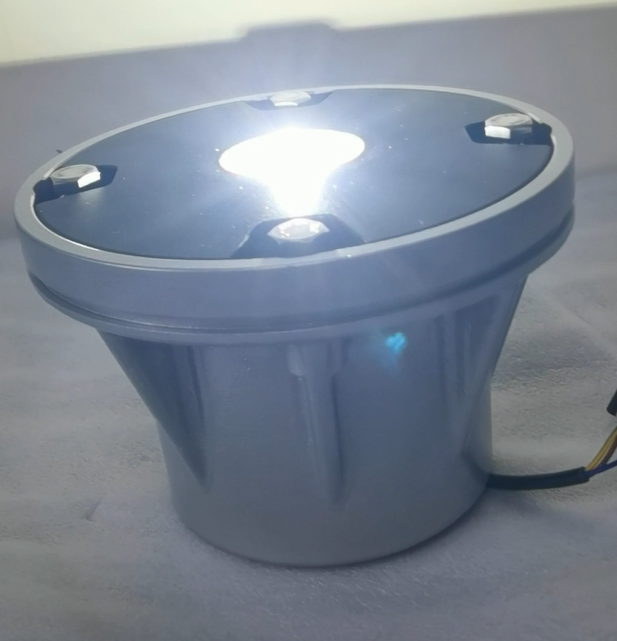Helipad lighting requirements play a critical role in ensuring the safety, functionality, and compliance of helipads, especially in environments with limited visibility or adverse weather conditions. By understanding these requirements, operators can optimize lighting systems to meet regulatory standards and enhance operational efficiency. This article explores the essential components, considerations, and advancements in helipad lighting requirements.
The Importance of Helipad Lighting
Helipad lighting is essential for providing pilots with clear visual guidance during landing and takeoff, particularly at night or in low-visibility conditions. Proper lighting minimizes the risk of accidents by defining the boundaries of the helipad, identifying obstacles, and facilitating accurate navigation. Meeting the prescribed helipad lighting requirements is, therefore, not just a matter of compliance but a crucial factor in maintaining aviation safety.
Key Components of Helipad Lighting Systems
Helipad lighting systems consist of several components, each designed to fulfill specific functions. The following are the primary lighting elements that contribute to a compliant and effective system:
Perimeter Lighting
Perimeter lights define the boundaries of the helipad, helping pilots identify the landing area from a distance. These lights are typically green or white, ensuring they are visible against a variety of backgrounds.

Floodlights
Floodlights illuminate the entire helipad surface, allowing pilots to see potential obstacles and assess the landing area. They are especially critical for night operations or helipads located in remote areas.
Approach Lighting
Approach lights provide guidance to pilots during their approach to the helipad. These lights often include sequential flashing patterns to enhance visibility and alignment.
| Helipad lighting systems |
| Helipad lighting system |
Obstacle Lighting
Obstacle lights mark hazards such as tall buildings, trees, or antennae near the helipad. These lights are typically red and designed to be visible from all angles.
Windsock Lighting
Illuminated windsocks offer critical wind direction information during nighttime or poor visibility conditions, ensuring safe landings and takeoffs.
Regulatory Standards for Helipad Lighting Requirements
Compliance with regulatory standards is a fundamental aspect of helipad lighting requirements. Authorities such as the International Civil Aviation Organization (ICAO) and the Federal Aviation Administration (FAA) provide detailed guidelines to ensure uniformity and safety.
ICAO Standards
ICAO prescribes specific lighting arrangements, intensity levels, and colors to ensure global standardization. These requirements are particularly important for international operations.
FAA Guidelines
The FAA’s standards for helipad lighting address both permanent and temporary helipads, focusing on safety and adaptability. The guidelines emphasize the need for proper spacing, visibility, and alignment of lights.
Adhering to these standards ensures that helipads are safe, functional, and capable of supporting a variety of operations.
Considerations for Implementing Helipad Lighting
When designing or upgrading a helipad lighting system, several factors should be considered:
Environmental Conditions
Weather conditions, ambient lighting, and surrounding terrain can significantly impact the effectiveness of helipad lighting. Systems should be tailored to address these variables.
Energy Efficiency
Modern LED lighting solutions offer energy-efficient alternatives to traditional incandescent systems. LED lights consume less power, have longer lifespans, and provide consistent brightness.
Durability and Maintenance
Helipad lighting systems must withstand harsh weather conditions and require minimal maintenance. Using robust materials and integrating advanced technologies can reduce downtime and repair costs.
Integration with Navigation Systems
Seamless integration with air traffic control and onboard navigation systems enhances the functionality and reliability of helipad lighting.
Cost Considerations
While high-quality lighting systems may involve higher initial costs, they often lead to long-term savings through reduced maintenance and energy consumption.
Technological Advancements in Helipad Lighting
Recent advancements in technology have transformed helipad lighting requirements, offering innovative solutions to enhance safety and efficiency:
Solar-Powered Lights
Solar-powered helipad lights reduce reliance on electrical grids and are ideal for remote or temporary helipads. They are environmentally friendly and cost-effective.
Wireless Control Systems
Wireless control allows operators to adjust lighting intensity and patterns remotely, providing flexibility and ease of use.
Smart Sensors
Advanced sensors can detect approaching helicopters and automatically activate lighting systems, improving energy efficiency and responsiveness.
Enhanced Visibility Features
Anti-glare coatings, adjustable brightness, and advanced optics improve the visibility of helipad lighting systems, ensuring optimal performance under varying conditions.
Meeting helipad lighting requirements is an integral part of ensuring safety and operational efficiency. By understanding regulatory standards, incorporating technological advancements, and addressing specific environmental and operational needs, operators can create lighting systems that exceed expectations. As aviation technology continues to evolve, the future of helipad lighting promises even greater innovation, sustainability, and safety.